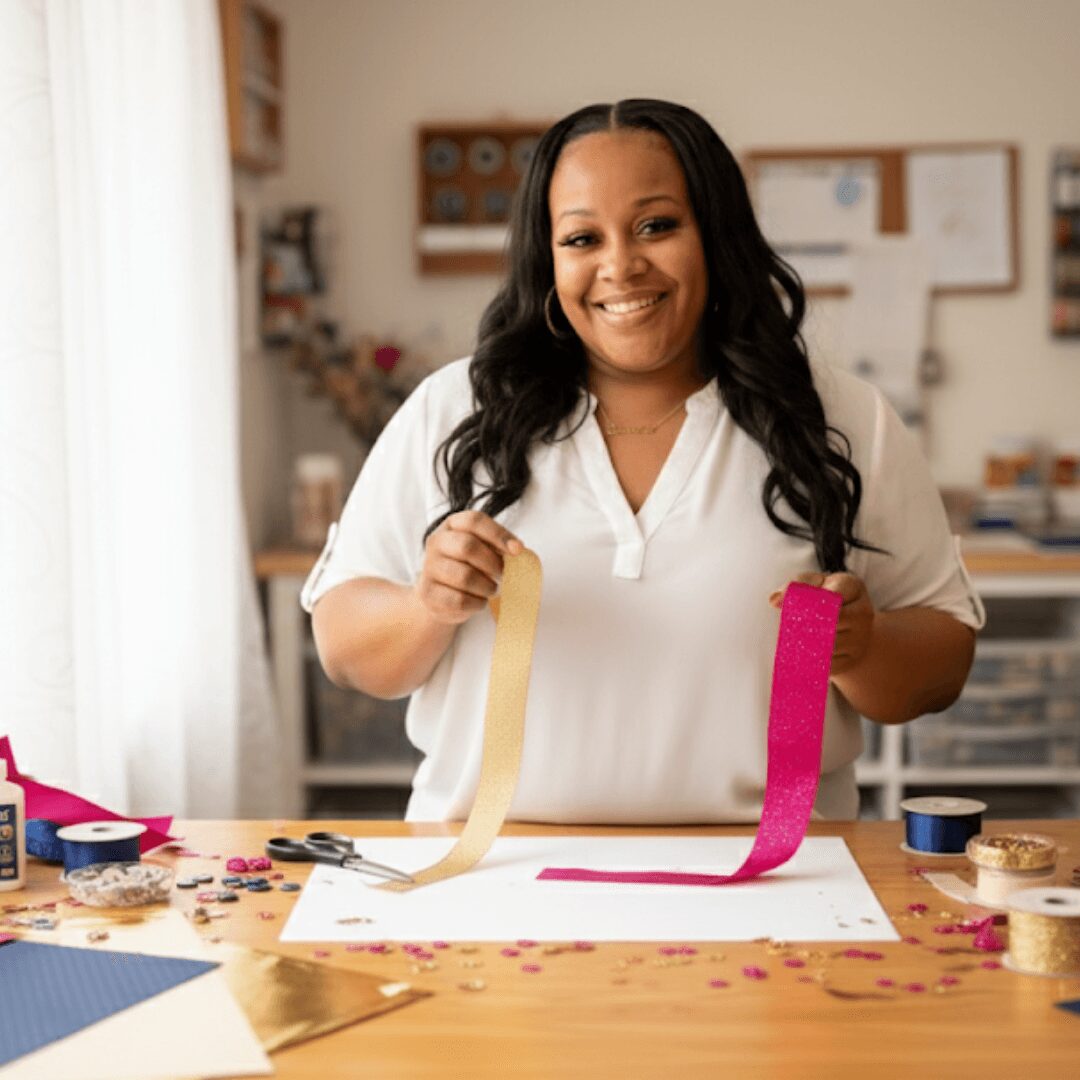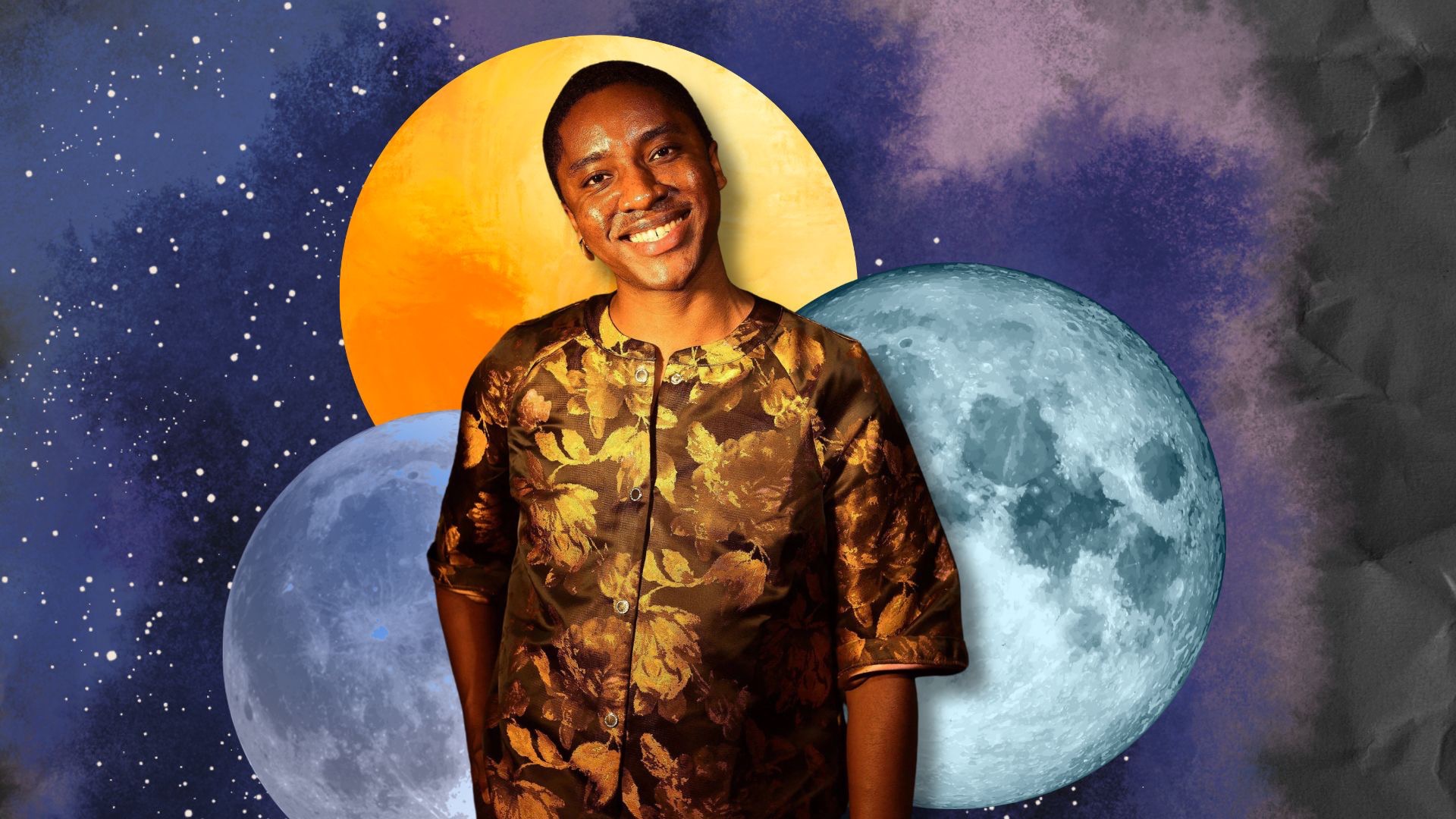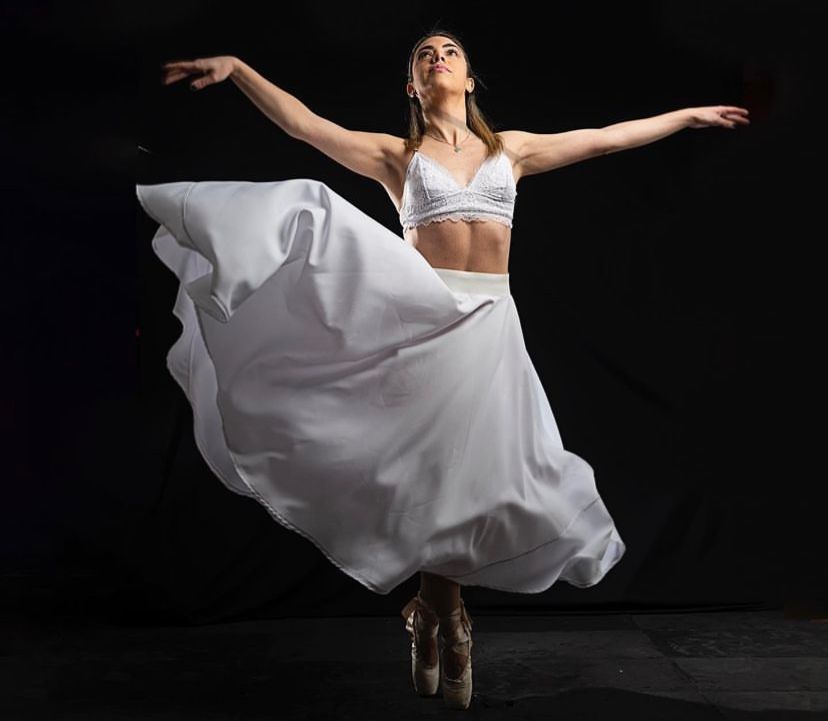We’re excited to introduce you to the always interesting and insightful Megan Irwin. We hope you’ll enjoy our conversation with Megan below.
Megan, first a big thank you for taking the time to share your thoughts and insights with us today. I’m sure many of our readers will benefit from your wisdom, and one of the areas where we think your insight might be most helpful is related to imposter syndrome. Imposter syndrome is holding so many people back from reaching their true and highest potential and so we’d love to hear about your journey and how you overcame imposter syndrome.
I honestly don’t know if I’ll ever overcome imposter syndrome. But I think I’m no longer surprised by it. To me, imposter syndrome is the feeling that you don’t deserve to be in the room, but everyone else does. It can be debilitating. And this feeling has been very real for me lately because I have gone through a lot of professional transitions over the last few years.
The few times in life where I didn’t feel like an imposter, I was very settled and comfortable in my career. But, I also began feeling stagnant and uninspired. So I think if you are consistently challenging yourself, trying new things, and working outside of your comfort zone, you will always experience imposterism in some form. But it is in these unfamiliar experiences that I think the most valuable growth happens. And it doesn’t always feel good in the process.
I think imposter syndrome can have a lot of power because it isolates you in your feelings of insecurity. But the longer I have worked around incredibly talented and creative people, the more I realize that everyone is dealing with these same feelings. And sometimes the most accomplished and seemingly-confident people suffer from it the most. So I believe it is very important to recognize that and for successful people to share these feelings of inadequacy with others. It helps build a supportive, authentic, and less-competitive community. And being in that kind of community will naturally help mitigate imposter syndrome.

Let’s take a small detour – maybe you can share a bit about yourself before we dive back into some of the other questions we had for you?
I am a graphic designer and Assistant Professor of Communication Design at Washington University in St. Louis. I am relatively new to the academic world, but I worked in the design industry for quite some time before deciding to get my MFA at MICA (Maryland Institute College of Art) in 2022. My industry background is in print and publication design. I was an Associate Creative Director at Cheree Berry Paper for many years and my time there instilled in me a love for unique printed pieces. My work is still heavily focused on the value of physical things in the midst of our increasingly digital existence. So my design process incorporates a variety of analog methods in order to resist the uniformity of digital tools. With the advancement of AI, it is important to me to highlight that there is a human behind the work! I don’t think that should be concealed in design. And sometimes digital tools make the work so easily polished that the designer remains mostly anonymous.
With my interest in analog methods, I often utilize archival imagery and found typography through the medium of collage. I have been commissioned by The New York Times and The New Yorker for editorial illustration opportunities, which communicate a narrative through physical materials and processes.
This approach comes through in my teaching as well. I often require my students to spend time off of the computer during their design process. This provides opportunities for experimentation and slowing down, which I think is imperative to their learning. There are so many defaults and tools that automatically decide things for us in the design process on screen. When students work analog, they are forced to make those decisions themselves and trust their instincts without anything guiding them in the process. I think this is really important to their creative confidence.
I work a lot with the Risograph, which is a stencil duplicator that grew in popularity during zine culture in the 1980s. It functions with the speed and ease of a Xerox copier, but utilizes the same processes involved in screen printing. It is a quirky machine that allows for a lot of experimentation, but not a lot of perfection. This is great for me, because I tend to overplan and overthink. So the risograph helps me to embrace imperfections and unpredictability in the printing process. I use it a lot with my students as a learning and collaborative publishing tool as well. We make collaborative zines together where they are using collage and analog methods to design and print.
Artifacts of Memory is another collaborative publishing project. I am interested in how everyday objects hold significance to our own personal stories, so I asked peers and colleagues to contribute objects that serve as memorials to people, places, and experiences in their lives. This risograph zine has been recognized by Communication Arts, Society of Typographic Arts, and has been exhibited through the TL;DR Zine Archive.
My practice and teaching also center around Typography. My grad school professor and mentor, Ellen Lupton, describes typography as “what language looks like,” which I absolutely love in its profound simplicity. A recent project that highlights my typographic approach is my work with Atlantika. Atlantika is a collective of artists that focus their work around the climate crisis. I worked with them on their recent exhibition, Climate for Change, where I developed the visual identity for the exhibition through experimental typography. In an effort to communicate themes of degradation, depletion, erosion, and urgency, I tried a variety of materials and processes to bring meaning to the exhibition title – type under water, type covered in hot glue, type distorted by light, sliced, shifted, connected, etc. I love working off the computer to experiment with different processes. The funny thing about this project is that the end result was not created with one of these physical experiments. It was all done digitally. But, the physical processes were equally important to the thinking and ideation that was executed in the end.

If you had to pick three qualities that are most important to develop, which three would you say matter most?
I would say teachability, authenticity, and empathy.
I think being teachable requires humility to recognize you always have more to learn and anyone can be your teacher. I learn from my students everyday. Part of the reason I wanted to be in an academic environment was to be a lifelong learner. We shouldn’t be afraid to ask questions. And intentionally surround yourself with talented people that are more experienced than you. People are incredibly generous with their time and resources to help those out that are early in their career and eager to learn.
I know it sounds cliché, but I think being authentic is one of the best things you can do to set yourself up for success, especially in a creative field. This is hard to do in the midst of constant comparison and competition. But ultimately, leaning into your unique perspective, interests, and skillset is what will ultimately set you apart and bring you success. And, what will be most fulfilling!
Empathy allows you to see the world through other people’s eyes, which will make you a better creative and a better human.

What is the number one obstacle or challenge you are currently facing and what are you doing to try to resolve or overcome this challenge?
I have been through a lot of transition personally and professionally in the last few years, so that has been my biggest challenge. My family has moved 3 times since 2020. This has required a lot of adaptation to new professional environments, cultures, cities, and communities. To be honest, it has been exhausting, especially if we circle back to the imposter syndrome question. But I am so grateful for all of the opportunities I have had over the last few years. I can say I have put myself out there and challenged myself in a number of new ways. And that has led to a lot of affirmation and unexpected success that I would have never experienced without taking the risk. I am very grateful to be where I am.
Contact Info:
- Website: https://meganirwincreative.com
- Instagram: @meganirwindesign






so if you or someone you know deserves recognition please let us know here.




